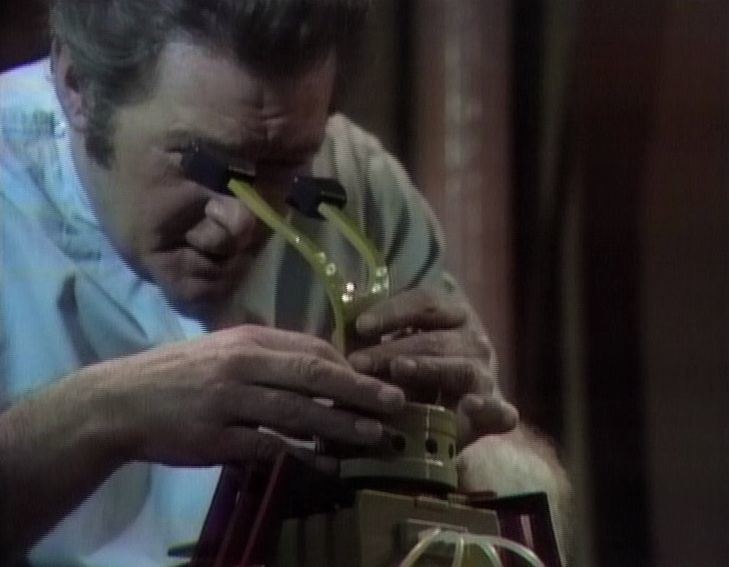Author Publication type Magazine | Publication date 1950 | |
 | ||
Genre(s) Science fiction short story Published in Astounding Science Fiction | ||
"The Little Black Bag" is a short story by American science fiction author Cyril M. Kornbluth, first published in the July 1950 edition of Astounding Science Fiction. It is a predecessor of sorts to the story "The Marching Morons". It won the 2001 Retroactive Hugo Award for Best Novelette (of 1951) and was also recognized as the 13th best all-time short science fiction story in a 1971 Analog Science Fact & Fiction poll, tied with "Microcosmic God" by Theodore Sturgeon. It was among the stories selected in 1970 by the Science Fiction Writers of America as one of the best science fiction short stories published before the creation of the Nebula Awards. As such, it was published in The Science Fiction Hall of Fame Volume One, 1929-1964.
It was the basis of episodes (using the same title) in three television series: Tales of Tomorrow in 1952, Out of the Unknown in 1969 and Night Gallery in 1970.
Plot summary
In the future, humanity has split into a small minority of supergeniuses and those of normal intelligence, and a much larger group of dimwits, as described in "The Marching Morons". The geniuses masquerade as assistants to the morons, the better to covertly manage them and keep them out of trouble.
A "physicist" goads his minder into giving him specifications for a time machine. The faux physicist builds it, and uses it to send a "doctor" friend's highly automated medical kit into the past (our present), where it is found by Dr. Full, a physician who has succumbed to alcoholism and fallen to the bottom level of society. At first attributing its advanced properties and unfamiliar components to medical advances made since he last practiced, he uses it to heal a seriously injured young child. The patient's cynical eighteen-year-old sister, Angie, discovers the patent application date on one of the instruments (2450) and is quick to grasp the financial opportunities. She blackmails Full into taking her on as a partner.
The responsibility helps Full recover from his alcoholism, and he is soon running a respectable clinic curing mankind's ills with amazing success, although Angie wants to specialize in the more lucrative plastic surgery. When Angie learns that Full intends to turn the bag over to the medical establishment for the good of humanity, she grabs it and tries to leave. In the ensuing scuffle, the instruments spill out. Without thinking, Angie stabs Full with a scalpel, killing him. Initially shocked, she quickly recovers and disposes of the body using a small incinerating device used for tumors. Full had taught her how to use the kit, so she sees no obstacle to continuing to treat rich patients.
Her first patient sees the sharp instruments and balks at another treatment. To reassure her, Angie demonstrates their safety by running a scalpel through her arm without harm. Still unconvinced, the client requests another test. Back in the future, a technician notes the bag has been used for murder and deactivates its advanced functions. Angie runs what has just become an ordinary scalpel across her own throat, with fatal results.
